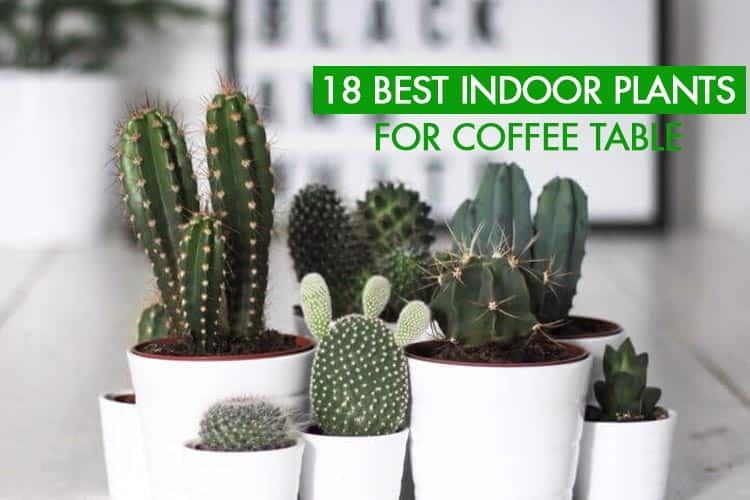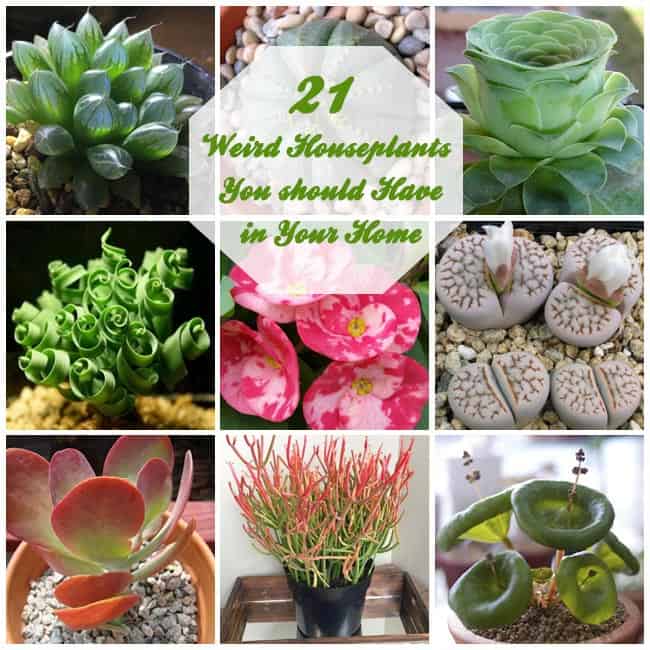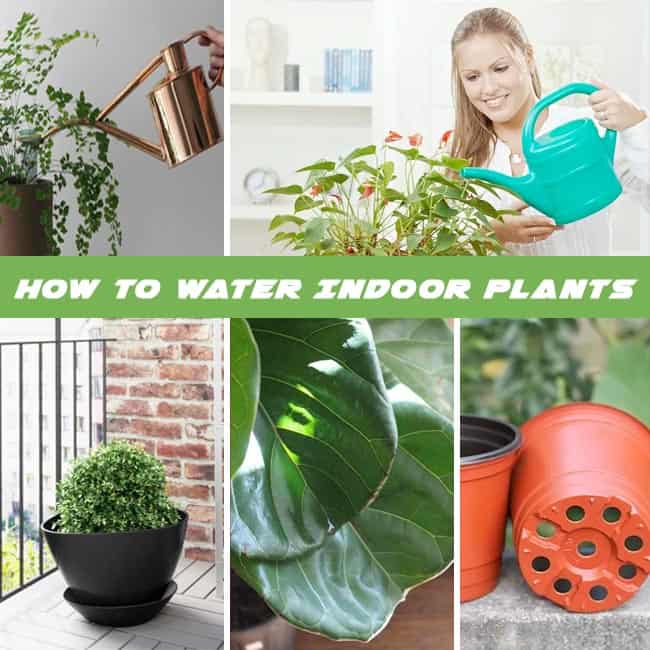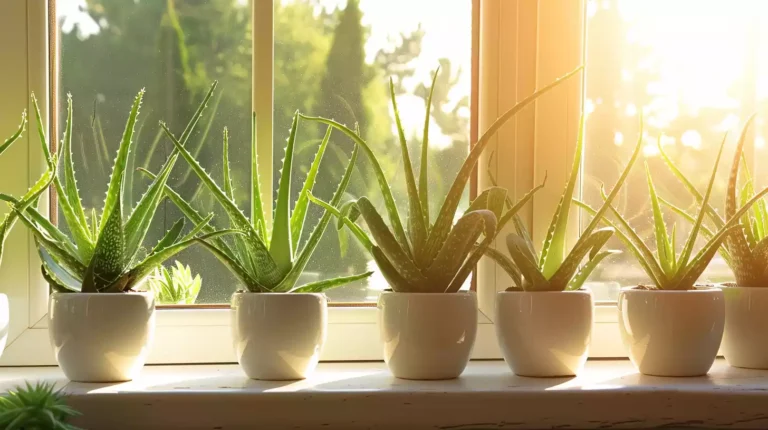Everything You Need To Know About Growing Spider Plants Indoors
Growing spider plants indoors can be a gratifying experience due to their resilience and adaptability.
One crucial aspect to remember when caring for these plants is essential for their growth and overall health.
Mastering this element will help your spider plant thrive and become a vibrant addition to your indoor space.
Key Points
- Provide bright, indirect light and stable temperatures for robust spider plant growth.
- Use well-draining soil, water when the top inch is dry, and fertilize every 2-3 weeks.
- Maintain humidity levels between 40-60% and avoid sudden temperature changes.
- Adjust care based on environmental conditions to ensure healthy spider plant development.
Spider Plant Light Requirements
When considering the optimal growth of spider plants indoors, it’s essential to understand their specific light requirements. Spider plants, scientifically known as Chlorophytum comosum, thrive in bright, indirect light.
To ensure successful spider plant care, place them near a window with sheer curtains or in a room with bright, filtered light. Inadequate light exposure can result in leggy growth, where the stems become elongated and weak. Insufficient light also hinders spiderettes production, which are the plantlets that dangle from the mother plant.
Placing spider plants in low light conditions can lead to stunted growth and pale leaves, affecting the overall health and vibrancy of the plant. Therefore, providing the right amount of light is vital for promoting robust growth and optimal spider plant development indoors.
Choosing the Right Soil
Selecting the right soil is crucial for the optimal growth of indoor spider plants. Choose a well-draining mix with good aeration to prevent waterlogging and promote healthy root development. Opt for loose, loamy soil with a neutral pH to ensure nutrients are easily accessible to the roots.
Avoid heavy or compacted soils that retain excess moisture, leading to root rot. Incorporate perlite or sand in the potting mix for improved drainage.
A soil mix formulated for houseplants will maintain nutrient balance and moisture, supporting the overall health of your indoor spider plants.
Proper Watering Techniques
Selecting the proper watering techniques is crucial for maintaining indoor spider plants’ health. To care for your spider plant effectively, water it when the top inch of soil feels dry, typically once a week in spring and summer.
Use room temperature rainwater or distilled water to prevent mineral build-up. Adjust the watering frequency based on environmental conditions, watering less in winter. Keep soil moist but not waterlogged to avoid root rot, and ensure proper drainage in the pot.
Spider plants are sensitive to fluoride and chlorine in tap water, causing brown tips and leaf discoloration. By following these tips and using the right water, you can keep your spider plant healthy.
Ideal Temperature and Humidity Levels
Maintaining optimal temperature and humidity levels is crucial for the thriving indoor growth of spider plants. Spider plants prefer temperatures ranging from 60-80°F, which aligns well with typical indoor environments.
To ensure their well-being, it’s essential to maintain a humidity level between 40-60%.
Avoid placing spider plants near drafts or vents that can lead to sudden temperature fluctuations, as they’re sensitive to these changes. During colder months, it’s important to protect spider plants from cold temperatures by keeping them away from chilly windows.
Can Spider Plants Be a Good Option for Coffee Table Indoor Plants?
Spider plants are among the best plants for coffee table decoration. They are low-maintenance and can thrive in indoor conditions. With their cascading leaves, they add a touch of greenery and elegance to any space. Spider plants are non-toxic to pets, making them a safe choice for pet owners.
Fertilizing Spider Plants
When fertilizing spider plants, use a balanced houseplant fertilizer every 2-3 weeks during the growing season. Dilute the fertilizer to avoid burn, apply to moist soil for proper absorption, and adjust based on plant growth.
Avoid over-fertilization to prevent root damage and maintain a vibrant green color for healthy spider plants.








All indoor flowers are very beautiful. I love violets and hosts !!!
Good tips on the soil, never knew it had to be that specific but it makes sense. My spider plant has been doing okay but i’ll switch up the soil and see if it helps. thanks for the info
What soil brand would you recommend?
I use a mix of potting soil and perlite for mine, works great!
everyone says spider plants are easy but mines always die on me. i follow all these steps but still. might be my apartment doesnt get enough light. or maybe its just not cut out for plant life.
my spider plant is like the one roommate who’s cool with anything. forget to water it? no problem. moves around from spot to spot? still chill. best kind of green buddy to have.
Love that spider plants are safe for pets. Got two crazy cats and a dog at home and I’m always worried they’ll get into something they shouldn’t. Gonna get one of these for my living room. Thanks for sharing Carol !
While I agree with the majority of points presented, I’ve found that in my urban apartment, keeping spider plants in conditions that are too dry—especially in winter—can lead to brown leaf tips. It’s an aspect not covered in depth in this outline. I believe adding a section on maintaining adequate humidity, possibly through misting, would provide a more complete care guide. Thoughts?